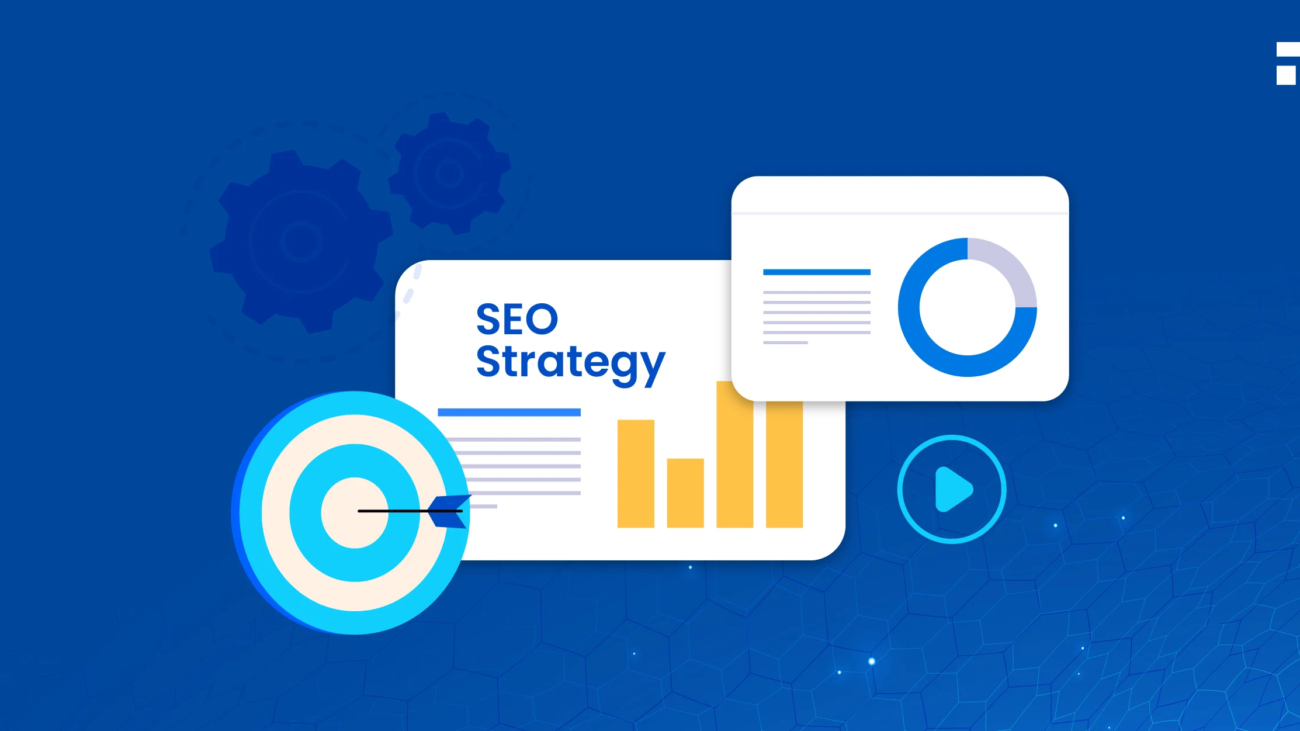Table of Contents
- Introduction
- Why Multi-City SEO Matters in 2025
- Key Challenges of Targeting Multiple Locations
- Domain Structure: One Site or Many?
- Create Unique Location-Specific Landing Pages
- City-Based Keyword Research Strategies
- Local On-Page SEO Optimization for Each City
- Using Google Business Profiles for Every Location
- Building Local Citations Across Cities
- Content Strategy: Hyperlocal Blogging & Storytelling
- Location-Specific Link Building Techniques
- Schema Markup for Multi-City Businesses
- Tracking Performance Across Different Cities
- Mobile and Voice Optimization for Local SEO
- Common Mistakes to Avoid in Multi-City SEO
- Future Trends in Multi-City SEO
- Final Thoughts
1. Introduction
If your business serves multiple cities, a one-size-fits-all SEO approach just won’t cut it. You need to be visible to customers in each target location and that means implementing a specialized.
This guide will show you how to dominate local search in every city you serve by building scalable, optimized, and locally relevant digital foot prints.
2. Why Multi-City SEO Matters in 2025
Search engines are increasingly focused on local intent. In 2025, Google continues to prioritize location-based relevance in search results, especially for mobile users.
-
Over 75% of local searches result in a store visit within 24 hours
-
“Near me” queries have increased by over 500%
-
Google’s Local Pack dominates first-page real estate
If you’re not optimized for each city, you’re losing leads to competitors who are.
3. Key Challenges of Targeting Multiple Locations
Targeting multiple cities presents unique hurdles:
-
Duplicate content across location pages
-
Thin content without unique local value
-
Managing multiple Google Business Profiles
-
Inconsistent NAP (Name, Address, Phone) details
-
Poor user experience from generic, non-localized pages
This makes strategy and execution critical.
4. Domain Structure: One Site or Many?
For most businesses, using a single root domain with city-specific subdirectories is the best strategy.
Recommended Structure:
-
example.com/los-angeles/ -
example.com/chicago/ -
example.com/new-york/
Benefits:
-
Centralized domain authority
-
Easier to manage backlinks
-
Better internal linking
Avoid creating separate domains unless you operate each location as a distinct legal entity.
5. Create Unique Location-Specific Landing Pages
Each city you target needs a dedicated landing page with hyperlocal content. Best practices:
-
Unique content: Write specific copy for each city
-
City-specific headers: Include the city in H1, H2s, and meta tags
-
Custom images: Use photos of your team or storefront in each city
-
Embedded Google Maps: Show your exact location
-
Location reviews/testimonials: Display city-specific feedback
This helps search engines and users recognize the page’s relevance to that location.
6. City-Based Keyword Research Strategies
Don’t just add city names to keywords do real local keyword research. Tools like Ahrefs, SEMrush, and Google Keyword Planner allow you to filter by city.
Example:
-
Instead of “emergency plumber,” use:
-
“emergency plumber in Dallas”
-
“Dallas 24-hour plumbing”
-
“leak repair near Uptown Dallas”
-
Also look for local jargon, neighborhoods, and landmarks in keyword variations.
7. Local On-Page SEO Optimization for Each City
Optimize each page using standard on-page SEO tactics tailored to the local area:
-
Title Tag: “Top Plumber in [City] | 24/7 Emergency Services”
-
Meta Description: “[City]’s trusted plumber for 10+ years. Available 24/7 for emergency repairs.”
-
Header Tags (H1–H3): Include city + service terms
-
Internal Linking: Link to/from your main services and blog content
-
City-Specific FAQs: Address common local customer questions
This sends strong location relevance signals to Google.
8. Using Google Business Profiles for Every Location
Create and verify a Google Business Profile (GBP) for each city:
-
Unique business name (if required by Google’s guidelines)
-
Correct NAP info
-
Add categories and services
-
Upload geo-tagged photos of the location
-
Get reviews from customers in each city
Keep the profiles consistent and updated with posts, Q&A, and business hours.
9. Building Local Citations Across Cities
A citation is any mention of your business’s name, address, and phone number (NAP) on the web. For each city:
-
Submit your NAP to local directories: Yelp, Bing Places, Apple Maps, Foursquare
-
List in city-specific business directories
-
Ensure NAP consistency across all listings
-
Use services like Bright Local or White spark for scaling
Citations validate your location presence and help with local rankings.
10. Content Strategy: Hyperlocal Blogging & Storytelling
Build trust and topical authority in each city through local blog content.
Ideas:
-
“How We Helped a Downtown Atlanta Homeowner Save $1,000 on Repairs”
-
“5 Winter Plumbing Issues Faced by Chicago Residents”
-
“Why Miami Homeowners Trust Our AC Technicians Every Summer”
Tips:
-
Interview local staff or clients
-
Include local statistics or news
-
Feature case studies from that city
Hyperlocal content creates community relevance and drives organic engagement.
11. Location-Specific Link Building Techniques
Build backlinks from regional websites:
-
Partner with local bloggers and influencers
-
Sponsor local events or charities
-
Join city chambers of commerce
-
Submit to local news websites
-
Get featured in city guides or best-of lists
Use anchor text like “best HVAC company in Austin” to strengthen local signals.
12. Schema Mark up for Multi-City Businesses
Use structured data to help search engines understand your local presence.
Recommended schemas:
-
LocalBusinessschema per city page -
PostalAddressfor NAP info -
Reviewfor showcasing testimonials -
FAQPagefor city-specific questions
Apply JSON-LD schema and validate it using Google’s Rich Results Test.
13. Tracking Performance Across Different Cities
Use Google Analytics 4 and Google Search Console to monitor performance by city:
-
Track organic traffic per city page
-
Measure conversions and calls by location
-
Use UTM tags for GBP and directory links
-
Compare bounce rates and time on site by city
This data helps refine your local strategies and optimize for underperforming regions.
14. Mobile and Voice Optimization for Local SEO
Most local searches happen on smartphones and increasingly via voice.
Mobile Optimization Tips:
-
Fast page speed (use CDNs and image compression)
-
Click-to-call buttons
-
Easy-to-navigate layout
-
Mobile-friendly forms
Voice SEO Tips:
-
Use natural, conversational keywords
-
Answer who, what, where, when, how questions
-
Create FAQ content specific to each city
Optimize for voice by focusing on user intent and mobile UX.
15. Common Mistakes to Avoid in Multi-City SEO
Avoid these common errors:
-
Using duplicate content across all location pages
-
Overusing keyword stuffing with city names
-
Neglecting GBP optimization per location
-
Ignoring link building for regional relevance
-
Failing to update local business hours or service availability
Each mistake hurts trust, visibility, and conversions.
16. Future Trends in Multi-City SEO
Looking ahead, successful strategies will include:
-
AI-driven personalization of city-specific content
-
Increased use of Search Generative Experience (SGE) for local queries
-
More granular neighborhood-based optimization
-
Advanced geofencing and local ad targeting
-
Emphasis on authentic hyperlocal storytelling
Stay ahead by continuously adapting your local SEO strategy based on evolving algorithms and user behavior.
17. Final Thoughts
Ranking in multiple cities requires more than just repeating the same content with different city names. It demands strategy, creativity, and consistency.
By building unique, optimized city pages, leveraging local content and citations, and tracking performance effectively, you can dominate search results in every market you serve.
Whether you’re a service business, multi-location retailer, or national franchis mastering these multi-city SEO strategies is your key to scalable local growth.

